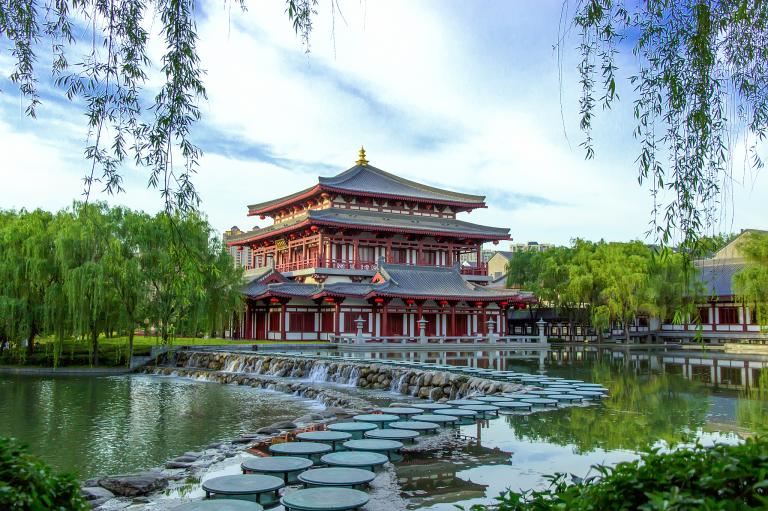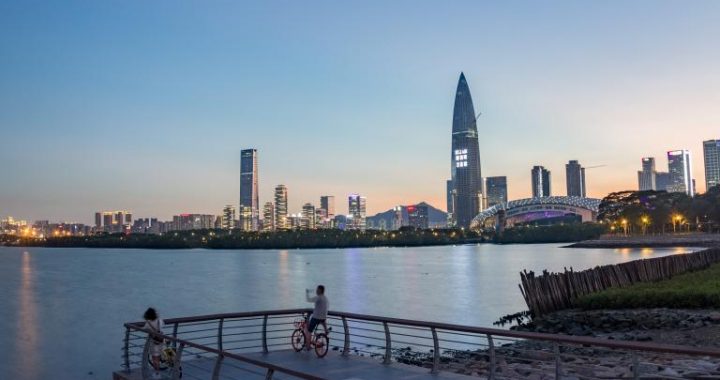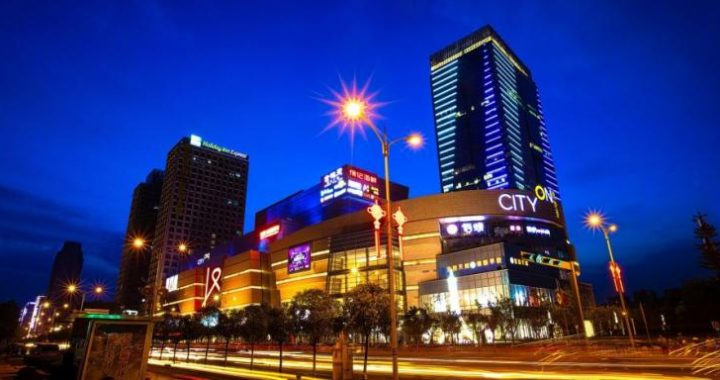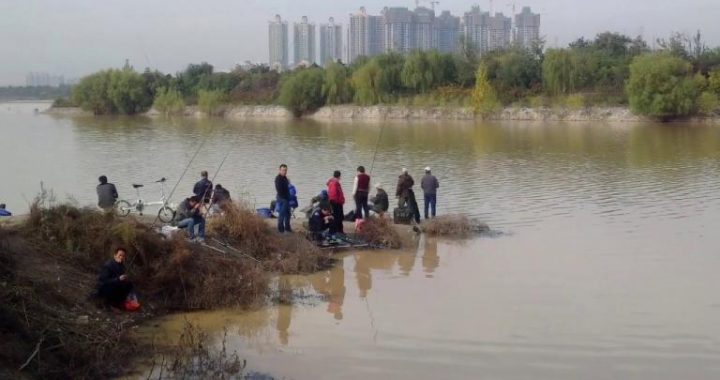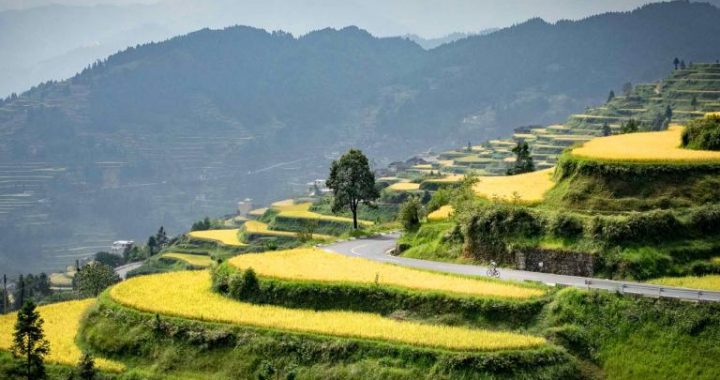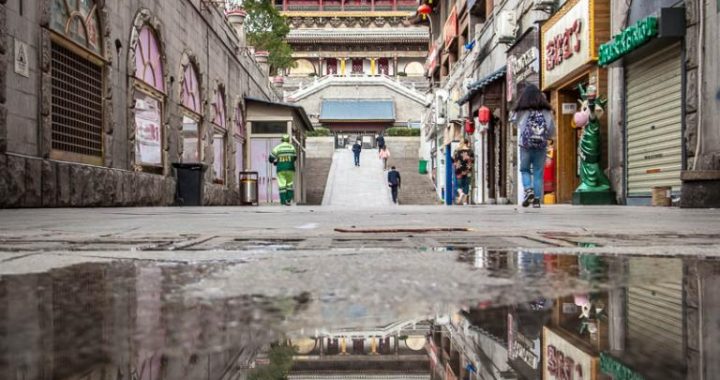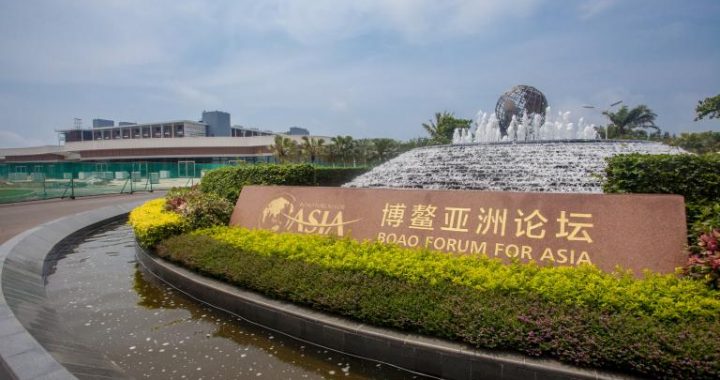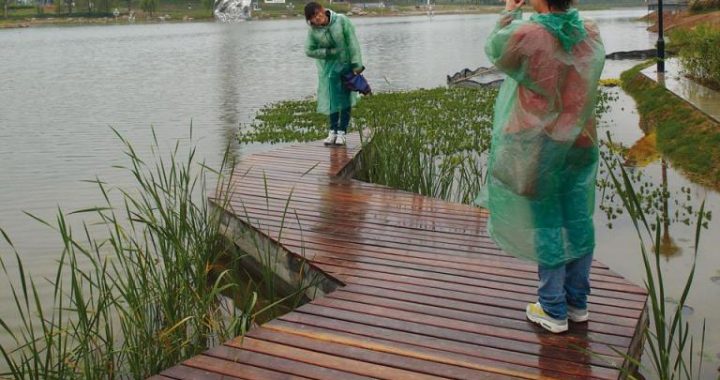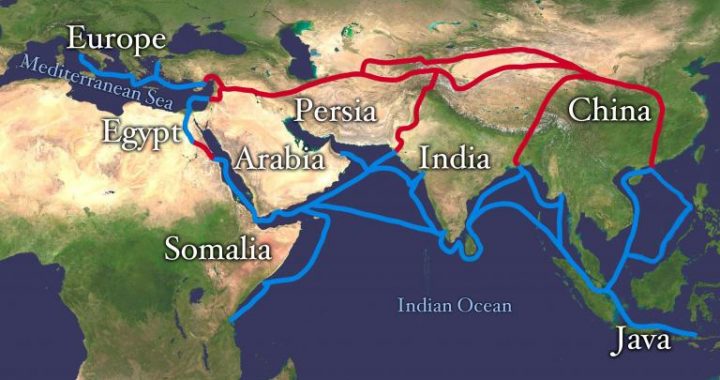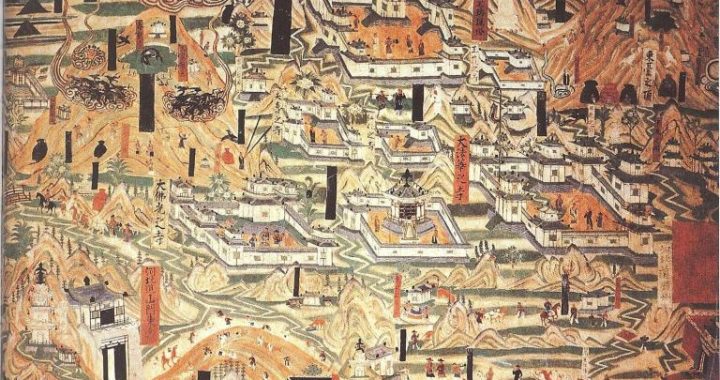The Imperial Forbidden Garden
6 min readIn feudal dynasties, supreme power had always been pursued by rulers in both eastern and western worlds. Maybe because of the vast territory andrich resources in China, the rulers had always built numerous grand palaces for his own pleasure, and enclosed plenty of lands as their private property, forbidding common people’s access to them.
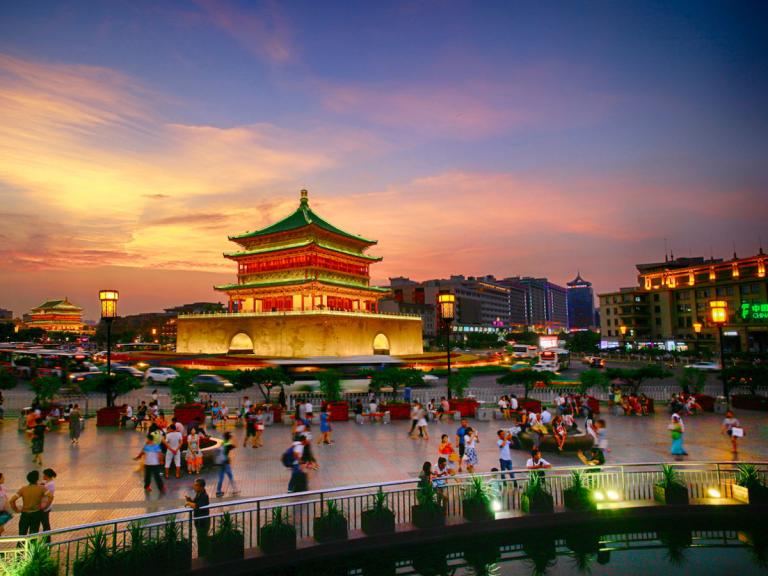
The Imperial Forbidden Garden of Tang Dynasty(618-907)is located in northwest of the Chan-Bahe River area.Situated to the north of the Tang’s imperial palace,next to the capital Chang’an city(in today’s Shaanxi province),the Imperial Forbidden Garden,an exclusive place for the imperial family,was built after the reign of the Emperor Gaozong(628-683).It mainly had two functions.Firstly,it was a place of leisure and a hunting ground for emperors.After attending to tates affairs,the emperors could not only admire the beautiful lakes and mountains there,but also could enjoy hunting,which was good for their mental and physical health.
Secondly,it served as a military buffer zone protecting the imperial families and strengthening the imperial city Many things of the Sui Dynasty(581-618)in Chang’an,had been preserved till the Tang Dynasty,including Sui’s Daxingyuan Garden to the north of Chang’an,with the name changed as Jin yuan(means imperial forbidden garden).The difference was that the Imperial Forbidden Garden covered a larger area than the DaxingyuanGarden,including the whole Chang’an city of Han Dynasty(202 BC-220 AD)and a vast area to the east of Chang’an.
Roughly speaking,the Imperial Forbidden Garden is a place for enjoyment during peace and an outpost protecting the palaces during war.In comparison,the Wangchun Pavilion situated within it was more famous.
Unfortunately,the Wangchun Pavilion,however,has no building left with few historical records due to its old age and long-term conflicts and wars in China.As no archeological excavation has been conducted as of yet,we can only speculate its approximate position as per existing documents.
Wangchun Pavilion,an important location for the“Offering Spring ceremony”and also for the welcoming of important officials,and had many connections with significant events in the Tang Dynasty.It witnessed the flourish of that early period with singing,dancing and musical performances as well as chaos and conflicts of that middle and later periods with homelessness and starvation of its people.Therefore,it can be said that the pavilion had very close relations with the fate of the Tang Dynasty.
Historical records have no mention of the exact time when the pavilion was built.The earliest written documents linked with the Wangchun Pavilion are about the digging of the Guangyun Lake by Wei Jian, an official of the Tang Dynasty, and Emperor Xuanzong’s(685-762) visit to the pavilion and appreciation of the lake in 743. From this, it can be concluded that the pavilion already existed in 742 at the latest.
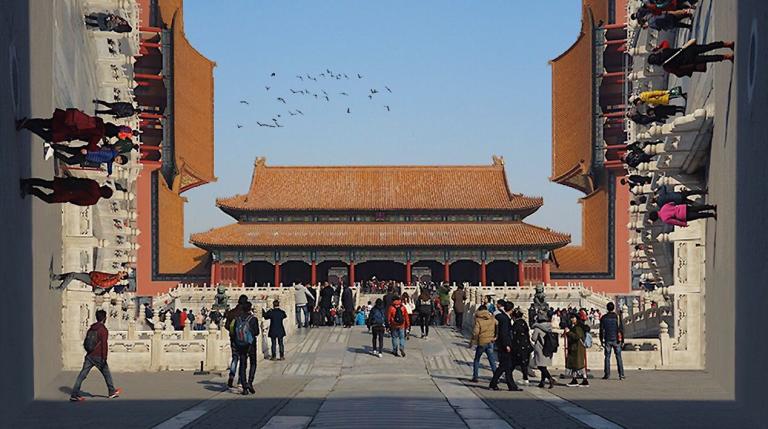
At the beginning of the construction of the pavilion in the Kaiyuan Flourishing Age (713-741), one of the most prosperous periods in Chinese history, the area around it was filled with bustling activities, such as dancing and singing with numerous canopies and baldachins,a testament that the luxurious life of the emperor and officials are beyond any words. In 743, Emperor Xuanzong climbed up the pavilion to admire the Guangyun Lake, dug by Wei Jian. Wei presented to the emperor rare and priceless treasures from different corners of the country on hundreds of new ships. Cui Chenfu, an official who was just below in rank to the head of Shan County(a place in today’s Henan province), sang his new lyrics in green clotheswith a red headband on, accompanied by a hundred pretty girls in splendid attires, the most spectacular scene during that time.
This, however, didn’t last that long, with attacks from the north impacting the whole country. In November 755, An Lushan (703-757), with 150,000 army of men under his command in Fanyang near Beijing, staged an insurgency against the emperor, which shocking the wholenation. In December 755, Emperor Xuanzong rewarded and extended his regards to the army at Wangchun Pavilion and assigned Gao Xianzhi,a military leader, to engage the enemy. Hence there was a poem including such line:”The Rainbow and Feather Garments Dance Was stopped by sounds of war.”Coincidently, it was also on the pavilion that Xuanzong saw An Lushan off and even presented his imperial robe to An.
During the late Tang Dynasty, the pavilion suffered a lot because of conflicts both on small or large scales, including the Huang Chao Uprising(a peasant revolt led by Huang Chao from 878 to 884) and the setup of separatist regimes by military governors.
When Tang Dynasty came to an end, China entered into a relatively long period of splits and conflicts. There were many who were starving in the central Shaanxi plain owing to the relentless invasions of the nomadsand the battles and replacement of the five short-lived dynasties between 907-960. Wangchun Pavilion and other building of the Imperial Forbidden Garden might have been destroyed by the wars and the remains might have been used as raw materials for making of weapons or for defense.
Wangchun Pavilion was built as a place of ritual. In the Tang Dynasty, emperors held the ceremony of welcoming spring every year andWangchun Pavilion was where such ceremonies took place. The aim was to acquire mental solace of eternal and absolute power through praying for the blessing of the God.
Apart from welcoming spring, Wangchun Pavilion also served other functions. In ancient China, it was an unequaled favor, and a rarity that emperors in the Tang Dynasty welcomed or said farewell to their officials outside the imperial palace. And Guo Ziyi, who was a famous military leader in 697-781 and played a vital role in suppressing insurgencies, was among them. Interestingly, both Guo Ziyi,a meritorious statesman, and An Lushan, the leader of insurgents who brought the flourish of Tang Dynasty to an end, had been given the favor at the same place.
The pavilion was also the scene of other stories of the Tang Dynasty.
For instances, the Emperor Gaozong (566-635) wailed and whined here while sending the coffin of his twelfth son Li Yuanze; the Emperor Xuanzong composed a tablet inscription there when he saw off his father-in-law Wang Renjiao; the Emperor Dezong (742-805) said farewell to his sister, Princess Jiacheng there who was married to Tian Xu, the military governor of Weibo Prefecture in Hebei province, and even gave his golden and silver carriage to her.
Wangchun Pavilion also had another special episode which is a event of special historical importance. After the dancing and singing was stopped by the sounds of war, no more gathering of pleasure were held there, but rather, only gatherings on loyalty complete with swords and swears. The pavilion began to experience the sounds of fights again after the Rebellion of An and Shi(755-763), especially during the reign of the Emperor Dezong. In November 755, An Lushan deployed all his force and some of the minority forces, which amounted to a total of 150,000 solders, and staged rebellion in the name of “kill Yang Guozhong”(the brother of Yang Yuhuan, who was an Emperor Xuanzong’s consort), claiming that he had 200,000 military men. At that time, Emperor Xuanzong, who was then over 70 and had been on the throne for 42 years, was having fun with the Yang Yuhuan in Huaqing (means glorious purity) Palace. The news of rebelion caused uproar in the capital. During the same month, Emperor Xuanzong appointed Gao Xianzhi as vice-general, leading Feiqi(means fast and mounted) Army, and the troops from the north country and Longyou (means west Longshan Mountain) area, to leave Tong Pass to suppress therebellion after the troops of Feng Changqing, who was another military leader. Before the troops set out in December, Emperor Xuanzong took greetings and gifts to them at Wangchun Pavilion, and nominated Eunuch Bian Lingcheng to supervise the army.
When Emperor Dezong (742-805) came to the throne in 779, he began to fight with the regimes that were in the intermediate regions, which were not loyal to him. Wangchun Pavilion again was affected.
But now, the Pavilion has completed its mission.
